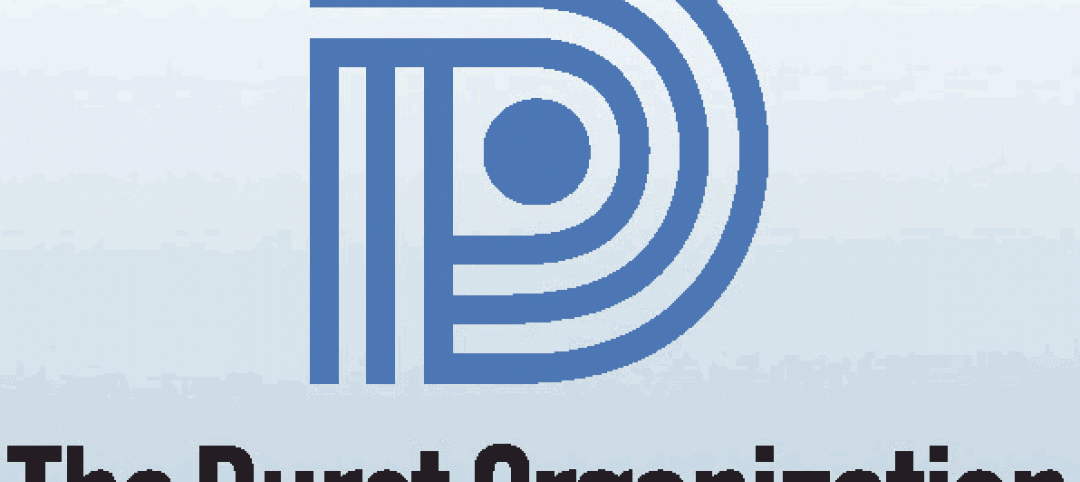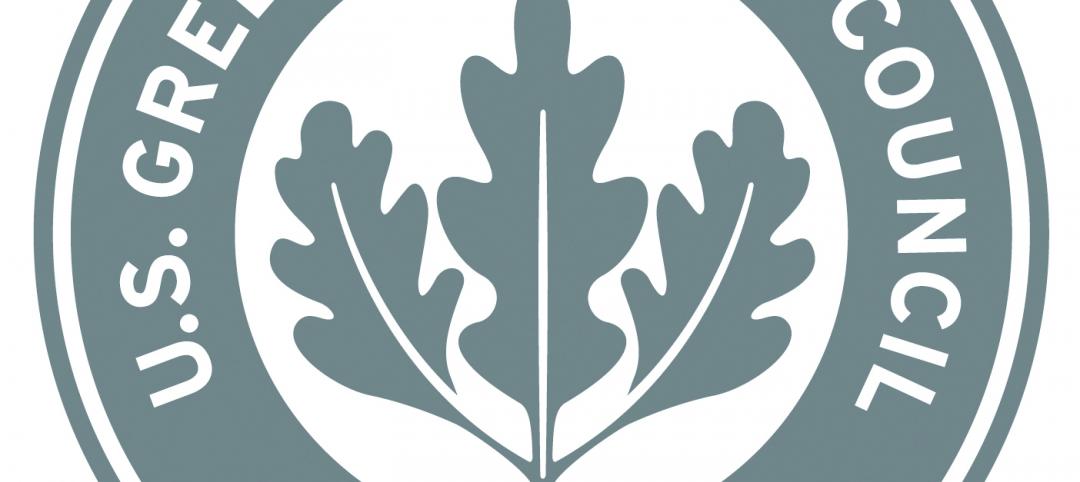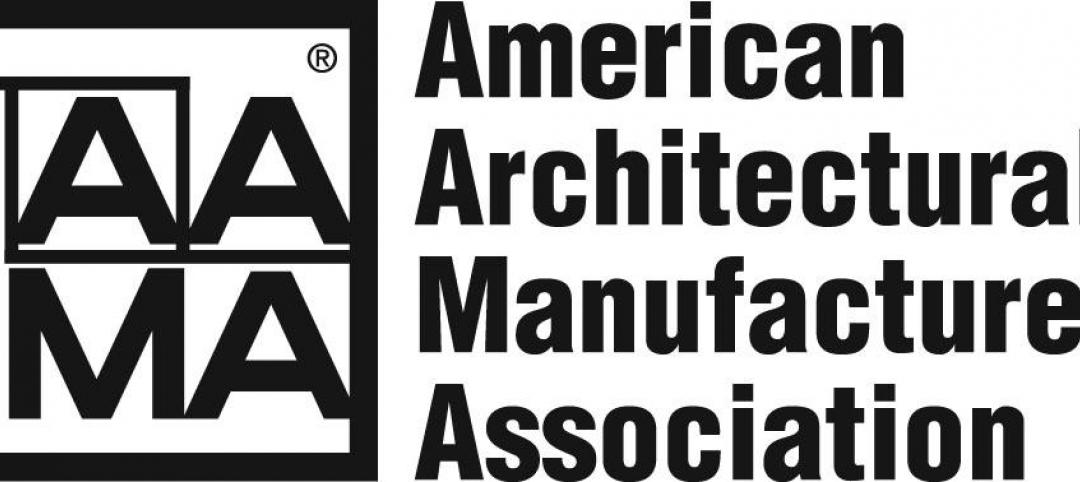A new standard for Phase I environmental reports is in the works and will require more work for environmental consultants.
The new standard, ASTM E1527-21, which will replace the existing ASTM E1527-13, affects about 250,000 commercial real estate transactions a year. It will, among other things, mandate more in-depth historical reviews at many locations, including a requirement to examine the history of adjoining properties.
One of the drivers for these changes is to determine potential health risks represented by dry cleaning businesses. Contamination from these businesses is the leading source of environmental liability in commercial real estate transactions.
The new standard also adds PFAS (per- and polyfluoroalkyl substances) and other emerging contaminants to the list of “non-scope issues” that a user may want to evaluate as a business risk. This is how asbestos and mold is handled according to the current standard.
The standard for Phase I environmental reports is updated every eight years. It was last revised in 2013.
Related Stories
| Nov 26, 2012
Minnesota law to spur development, job creation produced few jobs
Legislation that allowed local governments to direct excess property tax dollars from tax-increment financing districts into other private developments was supposed to kick-start construction hiring in Minnesota.
| Nov 26, 2012
How to boost resilient systems that are sustainable
Cities of the future can be both more resilient and more sustainable by promoting strategies that include solar power and green roofs, programs that minimize demand for energy, rain gardens, and permeable pavement.
| Nov 26, 2012
Developer of nation’s first LEED platinum skyscraper focuses on carbon reduction
The Durst Organization, the developer of the first LEED platinum certified skyscraper in the country, says it will not seek LEED certification for its residential pyramid planned for New York’s West 57th Street.
| Nov 26, 2012
Questions linger over ability of Miami's newer high-rises to withstand hurricanes
Some towers in Miami, rebuilt after a hurricane in 2005, were allowed to be constructed under older building codes instead of newer ones created after Hurricane Wilma.
| Nov 26, 2012
Changes in development and building standards needed for health of Potomac River
The Potomac River’s health stands to suffer if the region does not change its development and building standards, according to the Potomac Conservancy.
| Nov 16, 2012
South Dakota prefers LEED over building code on state projects
“(LEED is) much better than a mandatory building code because you get a little wiggle room in these projects,” said Mike Mueller, a spokesman for the South Dakota Bureau of Administration.
| Nov 16, 2012
AAMA publishes quality assurance guidelines for Polyamide Thermal Barriers
The American Architectural Manufacturers Association (AAMA) has published QAG-2-12, Voluntary Quality Assurance Processing Guide for Polyamide Thermal Barriers.












